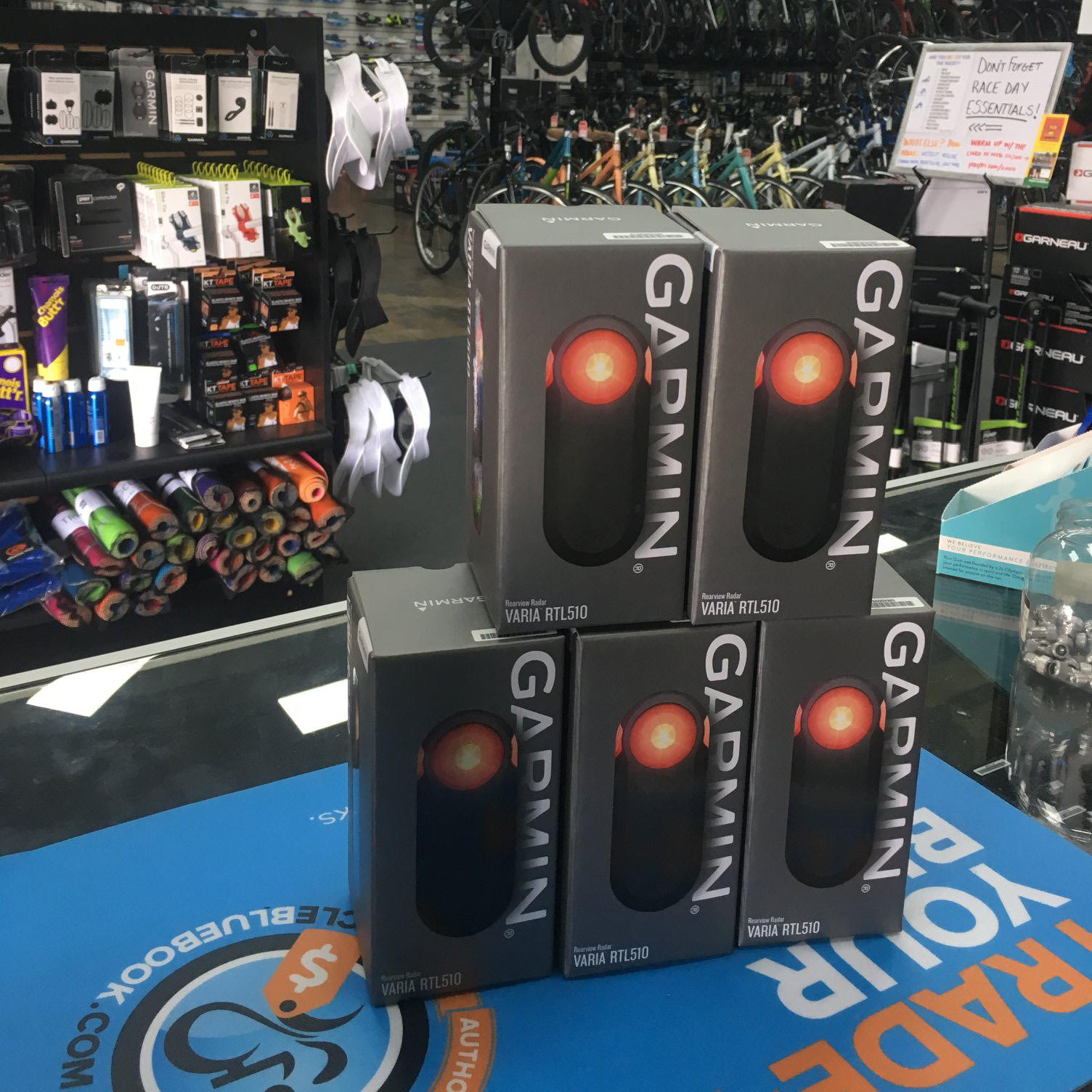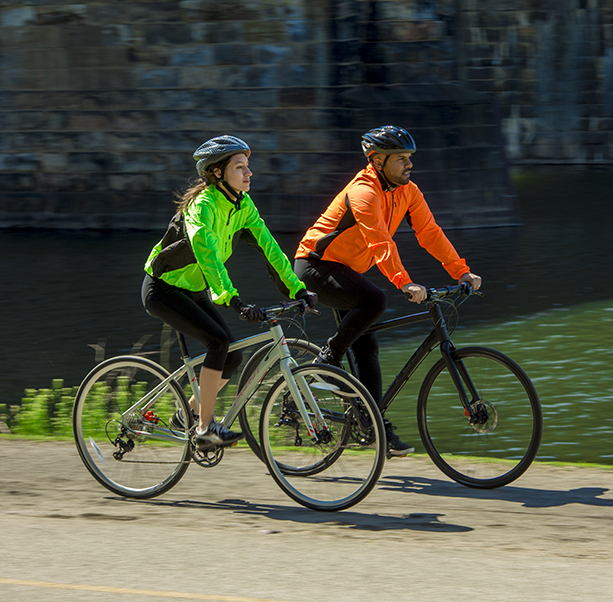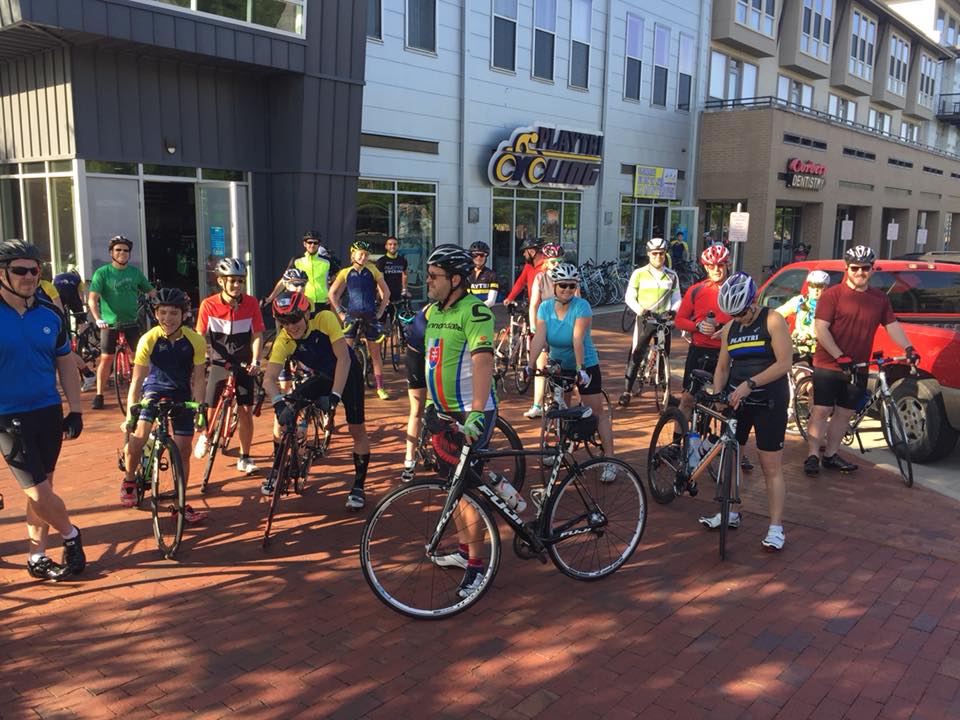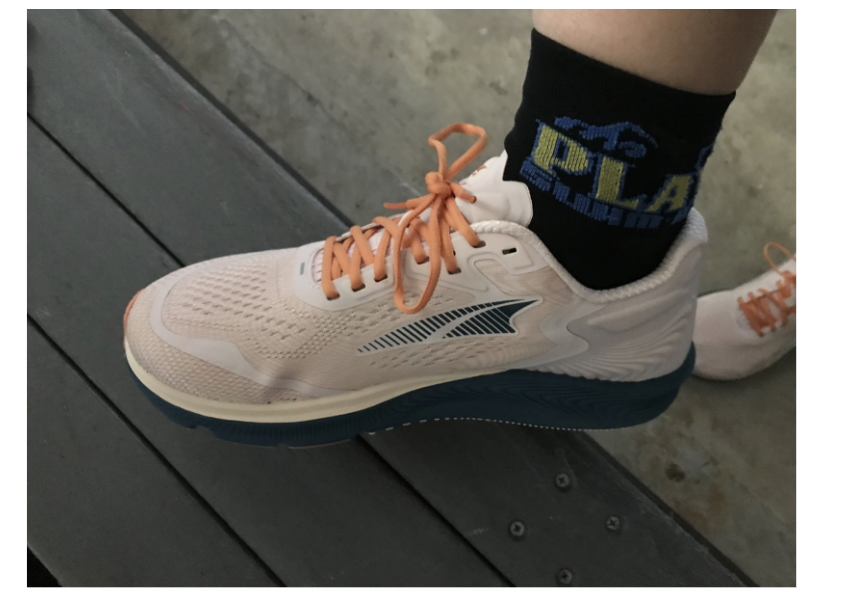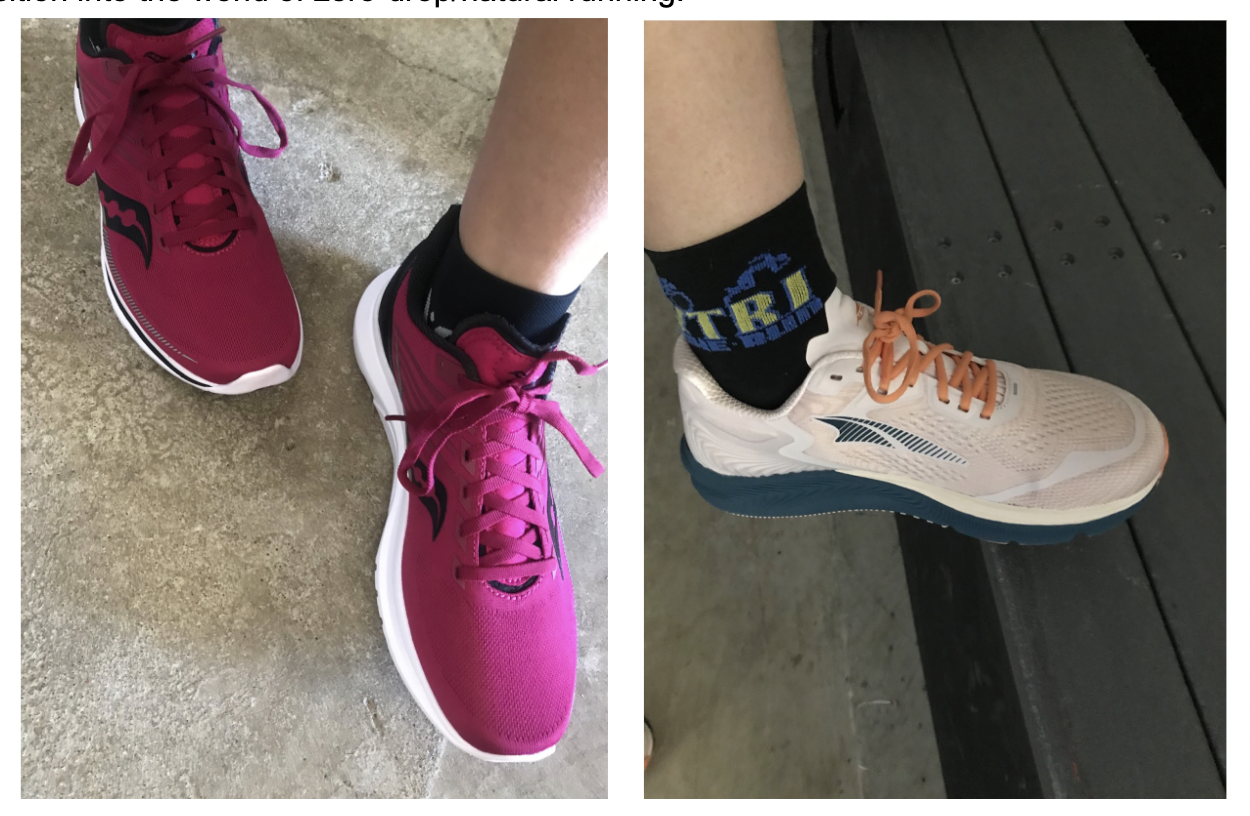By Playtri Coach Chad Carpenter
As we exercise, our bodies produce heat. This is why some of us are completely comfortable running in shorts and t-shirt when it’s 50°F or lower outside. However, when the weather starts to heat up, our ability to shed heat diminishes. During Ironman Coeur d’Alene in 2021, temperatures reach 101°F. Most athletes, including pros, struggled to perform in that kind of heat.
Fortunately, the human body is an adaptation machine. we have a few tricks up our sleeves that assist in acclimating our bodies to heat. In fact, some studies suggest that heat acclimatation can lead to the same physiological benefits as altitude training[1]. Without getting too heavy into the science, I want to provide a few key benefits of heat acclimation along with some suggestions of how to incorporate heat acclimation into your race build (I still include a few references for my fellow nerds).
WHY WE WANT HEAT TRAINING
Your sweat threshold lowers, or in simpler terms, you start to sweat earlier and at a lower core body temperature[2].
On top of that extra cooling you get by sweating earlier, you will also have an increased sweat rate[3], further increasing your body’s cooling ability.
Heat acclimatation also increases our blood plasma volume[4] which provides better heat transfer and oxygen delivery.
Mental preparation for managing heat and understanding the perceived effort in heat.
HOW TO DO HEAT TRAINING
Incorporating heat acclimation into your training is primarily about spending time at an elevated core body temperature and stressing our body’s ability to cool itself. Below are some ways to incorporate heat training into each sport of triathlon.
Swim: Many pool facilities have sauna and hot tub access. Throughout your swim workout, keep sipping on your hydration in between sets. At the end of your swim session, immediately get into the sauna or hot tub. Start the heat sessions for small durations, 5 – 10 minutes, then gradually increase the duration to 30 minutes in the hot tub or 45 minutes in the sauna (saunas tend to run hotter but the water submersion of hot tubs is more stressful on our bodies ability to cool). Avoid any active hydration during these sessions. Since you were hydrating throughout the swim workout, you should not be at risk to over dehydration during the heat session. If needed, take only small sips of your hydration, and it should not be chilled.
Bike: Anyone that has trained on an indoor trainer knows that our “pain cave” room can get warm quick. We usually keep things cool by running a fan (or several) faced directly on us. For heat training, turn those fans off. By simply removing the forced convection of fans and relying on natural convection, your body heats up quickly. I have measured core temperature over 101°F while training in a fanless garage that had an ambient temperature of 50°F. You will get sweaty, very sweaty. Have a towel ready to keep too much sweat from sitting on your bike. Also, be mindful of the pool of sweat that will start accumulating under you. Go ahead and have a towel laying there or at least a hardy exercise mat to keep the sweat off any floors your care about.
Run: Some of us love running in cooler temperatures, and sometimes, we do so in bare minimum clothing. It’s hard for us not to love that extra cooling boost that cold temperatures provide. Well, you are going to throw that out the door for heat acclimation. Instead, Add an extra layer or two to your running attire. Remember the goal is to stress your cooling ability. If you would have normally worn some thin shorts and tank top for your run, now throw on some thermal leggings and long sleeves. Just have the washing machine ready, because those clothes are going to stink.
For both the bike and run suggestion above, keep hydrating throughout the training session with the proper electrolyte solution. Remember, athletes can have vastly different needs in electrolyte solutions, from as little as 200 mg of sodium per liter to over 2000 mg of sodium per liter. If you are unsure of what your individual electrolytes needs are, I highly recommend getting a sweat concentration test at Playtri (https://www.playtri.com/testing/#sweat). During the sauna or hot tub sessions, avoid drinking. You should go into those already well hydrated. Hydrating during the sauna or hot tub can work against our core body temperature rise that we are wanting out of it as well as other physiological benefits. You can immediately start hydrating afterwards BUT do it slowly and gradually throughout the day (i.e. no chugging).
WHEN WE DO HEAT TRAINING
The tricky and most important part about heat training is when to do. How often do you it? How many times a week? During which sessions? , how often, and for how many weeks? There are a lot of different ways to incorporate heat training. We have to keep in mind that the inclusion of heat training is extra stress on the body and that has to be properly accounted for. Failure to do so can leave an athlete showing up to race day still fatigued – not a great starting point for that ‘a’ race you wanted to crush.
For anyone wanting to incorporate heat acclimation into their training plan, I highly encourage you to work with a coach that understands it and can help you apply it correctly and safely. Chronic heat stress can rock your body and have some serious detrimental effects. There are many anecdotes of athletes, including professionals, pushing themselves in hot conditions for too long and too often which only resulted in their body having long term struggles when returning to heat[5].
SUMMARY
Heat training and acclimation can be a great addition to your race build that you can give you a slight edge over you competition. When done properly, you can exhibit the same benefits that come with altitude training as well as improved body cooling. However, we must be mindful of the particular stress that heat induces. Think of heat training as that little bit of seasoning you sprinkle onto an entrée – a little goes a long way but too much can absolutely ruin it. If you have never experienced heat training, consult or hire a coach - you can get started with Playtri Coaching at https://www.playtri.com/individual.
Personally, I will be using heat acclimation as a part of my training plan for Ironman World Championship in St. George, and I can’t wait to see what the pay off will be.
Chad Carpenter is a Playtri Level II Coach and IRONMAN World Championship Qualifier. Learn more about Chad at www.playtri.com/chad-carpenter.
[1] Lee, B. J., Miller, A., James, R. S., & Thake, C. D. (2016). Cross acclimation between heat and hypoxia: heat acclimation improves cellular tolerance and exercise performance in acute normobaric hypoxia. Frontiers in physiology, 78.
[2] Roberts MF, Wenger CB, Stolwijk JA, Nadel ER. Skin blood flow and sweating changes following exercise training and heat acclimation. J Appl Physiol Respir Environ Exerc Physiol. 1977 Jul;43(1):133-7. doi: 10.1152/jappl.1977.43.1.133. PMID: 893254.
[3] Armstrong, L.E., Maresh, C.M. The Induction and Decay of Heat Acclimatisation in Trained Athletes. Sports Medicine 12, 302–312 (1991). https://doi.org/10.2165/00007256-199112050-00003
[4] Senay, L. C., & Kok, R. (1977). Effects of training and heat acclimatization on blood plasma contents of exercising men. Journal of applied physiology, 43(4), 591-599.
[5] While leading the race with only 1 kilometer to go, Sara True collapsed during Ironman Frankfurt due to heat exhaustion. She continued to have extreme reactions to heat in the following years of her career.






